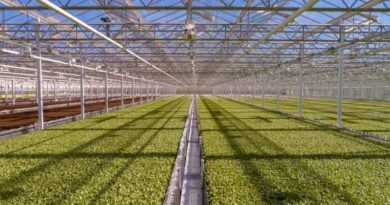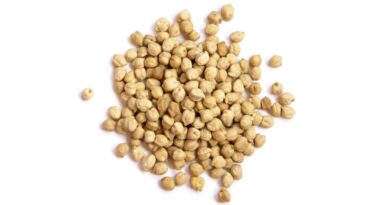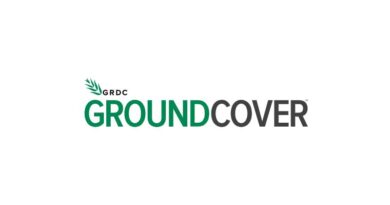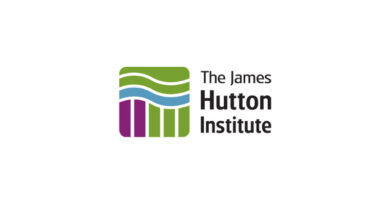GRDC Research Updates uncover potential phosphorous savings
05 March 2022, AU: Good summer rainfall across parts of the northern grain growing region has boosted optimism for the winter cropping season and with fertiliser prices at an all-time high, growers are encouraged to make informed decisions to get the most out of their inputs.
At the Grains Research and Development Corporation’s (GRDC) flagship Northern Update series, Incitec Pivot Senior Technical Agronomist, Jim Laycock, presented a research paper on balancing high phosphorus (P) input costs with likely return on investments.
In a season where fertiliser prices as high as they are in today’s climate, Mr Laycock said it wasn’t the time for growers to be building their soil P. Instead, they should focus on making informed management decisions and applying P at rates that will generate the most benefit.
Determining P input requirements relies heavily on Colwell P soil testing and Mr Laycock said he would encourage growers to conduct tests in all of the paddocks they plan to sow this coming season to identify the critical requirements for a crop.
Also Read: Launch of new climate-smart desert farming in the CWANA region
“In the work we presented, we talked about balancing P and N [nitrogen] input with P and N exports – if growers have previously applied more P than what crops have removed in grain over time, they may be able to fine-tune their P input rates to save costs this season, providing they’re not compromising yield,” he said.
“Applying P at a blanket rate to all paddocks and crop types could result in over or under supplying P. Growers should be at least using soil tests to determine an individual paddock’s P requirements, but there may also be an opportunity to undertake more extensive grid or zonal sampling and match application rates to their test results using variable rate application of P within a paddock.”
“This strategy could help growers allocate P where it’s most needed, helping them chase better yields and potentially reduce costs.”
The research Mr Laycock presented at the GRDC Update event showed that growers with soils significantly above the critical P range could drop their rates down to long term P export amounts if they planted in the early April sowing window into good soil moisture.
Mr Laycock said in these circumstances, growers could potentially reduce their P input costs, however they’d still have to apply a minimum of 6kg/ha of starter P to reach potential yield.
“Trials showed that even when growers had high levels of P, well above critical value, they’d still need to apply starter P to generate early crop vigour,” he said.
“For later sowing (during May), these savings in P application rates are no longer possible, even when P levels are above critical range, because root development slows dramatically in the cooler soil temperatures and reduces the crop’s capacity to forage soil P.”
Mr Laycock said that while soil testing has always been best practice when making input decisions, high fertiliser prices have emphasised the importance of understanding nutrition requirements.
“A lot of the northern region has good sub soil moisture, so there’s already potential for promising yields,” he said.
“While soil testing could reveal growers need to invest in P to generate good yields, it could also prevent them from applying rates in excess of critical needs and overspending.
“If you don’t measure, you can’t manage. Growers should be going into this season with an understanding of what rates they need to apply to give their crops access to adequate P.”
GRDC Grower Relations Manager – North, Graeme Sandral, said GRDC invested heavily into generating research outcomes that improve profitability and encourage growers to make more informed management decisions.
“This work on crops’ P requirements highlights the importance of investing in tools to make more informed management decisions that help generate a better return on production. Tracking and tracing longer term soil Colwell P values, and their correct interpretation, is essential to maximizing growers’ return on investment and managing price risk, “he said.
“The GRDC Update Series is a great way for growers and consultants to learn about GRDC’s investments into the latest research findings that can be used to improve profit and reduce risk.
You can watch a full recording of Jim Laycock’s presentation on the GRDC website. You can also view other presentations from the northern Update series on GRDC’s past events page.















